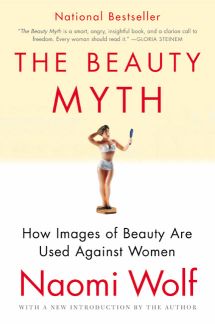Then back into our community: smiles, laughter, holding new babies that were born while we were gone, and somberly receiving news about the old men who died in our absence. People are happy, people are sad; some are healthy and some are sick. People have engagements and sorrows and secrets to tell us about, and we are part of it all, again. Everyone is telling us how much they missed us and how glad they are that we’re back. Our landlord’s two-year-old son started talking since we left and one of the few words he knows is my husband’s name, which he apparently began calling out at our door while we were gone and which he now happily yells up the stairwell when we are sitting in our room with the door open. I feel a sense of belonging that I have missed without realizing it; that I had been searching for without realizing it was here. I make roti in my simple kitchen, looking at the happy colors of the fresh green peppers and orange dal and red and yellow spices sitting in glass jars on my counter. I savor the familiar sound of the call to prayer, I rediscover the taste of chai with salt, I get my tongue around those strange d’s and r’s again and remember what things are called in Hindi. I wonder how we ever slept through all the night noises, but then I do. I feel a sense of peace and gratitude that I haven’t felt for a very long time, even before we left for the States.
It’s taken me a long time to get to this point. In fact, while we waited in limbo for our visas I had gone back and forth many times in my mind over whether or not I could really survive in India, or whether or not I even wanted to—you can survive a lot more than you would like to, sometimes. These were questions I was afraid to even ask, feeling paralyzed in both directions if I were actually to make a decision. Or be told what to decide. If God asked me to stay, then I would feel trapped; if He asked me to leave, I felt I would be a failure. To my surprise (and initial horror), God turned the question back around on me and asked me what I wanted. After it became quite clear that He had no intention of making the decision for me, that there could be good and fruitful outcomes no matter what, and that I had complete freedom to do as I pleased, I initially felt more confusion than relief. But this realization then launched me into several weeks of contemplating the future without guilt or fear to drive the process.
I eventually found that in spite of my stressful experiences in India thus far, my uncertainty about what the future would hold, and my doubts about how much I can handle, I really wanted to go back to my community in India– not out of duty or guilt or fear or anything else, but out of love. I want to see some of my hopes for this place realized. I want to be there for people over time. I want to press on, for the first time in my life, past the restlessness and boredom and difficulty and frustration that so often tempt me to distract myself with something new and exciting. I do enjoy all of the great food, comforts, conveniences, and familiar cultural experiences that India does NOT have to offer, but I want to experience the deeper joy that comes from committing to a particular place and to particular people past the point where it’s just fun and convenient. I want to stick around long enough for me to actually change, instead of just opting for a change of scenery. That’s not easy when I have friends scattered around the world and can travel between nearly any two points on the globe in 24 hours. All that mobility and connectedness gives me the sense that I could go almost anywhere and do nearly anything (all the while comparing my situation side-by-side with others’ on social media), but I believe that committing to throw in our lot with a particular community—limiting ourselves to one choice among all the hypothetical possibilities that remain—is a universal challenge we all must face. In my own life, I am convinced that my spiritual growth depends on it.
So we’re back in our “village” again, and this time it feels like a gift. That has made all the difference. The air is thick with possibilities, and yet the present moment itself is full.

